
Disclaimer: Brax has NOT been paid ANY referral fees, link fees, or any other fees these rankings. No conflict of interest here.
The modest cost of native ad spy tools can be repaid many times over by the information they provide about competitors’ native campaigns.
Advertising campaigns have always drawn inspiration from the activities of rival brands.
Many of history’s most successful advertising campaigns have been inspired by competitor brands. From the Energizer bunny to the Pepsi Challenge, advertising rarely exists in a vacuum. And even though direct comparisons to rivals are rare in native advertising, many companies still tailor their native campaigns in direct response to their competitors’ activities.
Making the decision to spy on competitors’ ads can improve an existing native ad campaign or inspire the creation of a new one. With that in mind, it’s worth taking the time to spy on your competitors’ ads before launching your next native campaign—and there are several tools that can help you do it discreetly and effectively.
Spy vs. Spy

Even if you’ve historically avoided the temptation to spy on competitors’ ads (or if it simply hadn’t occurred to you to be that sneaky), your native ad campaigns have probably been spied on by your own rivals. Just as print media lets company A monitor company B’s straplines and new product launches, native ad campaigns are instantly visible to everyone (including fierce rivals).
There are several reasons why you should take competitor analysis seriously:
- It identifies new products or services being rolled out by your rivals.
- It reflects current market trends and advertising techniques.
- It summarizes which approaches competitors have adopted after A/B testing.
- It shows whether your approach to native advertising needs updating.
- It can give you inspiration for future campaigns.
When you spy on competitors’ ads, you’re viewing campaigns and techniques that clearly work in your industry or related markets. This could save you a considerable amount of time and effort researching different platforms and experimenting with different campaign styles, or retargeting platforms.
Break it down
Of course, there’s no point setting aside time and resources to spy on competitors’ ads unless you know what you’re looking for. These are some of the key competitive intelligence factors to think about:
1. Where rival campaigns appear.
This can identify optimal and unsuitable platforms, or evolving online habits such as declining Facebook usage among younger consumers.
2. Who rival campaigns target.
Are competitors focusing on specific age groups, regions, or ethnicities? Your own campaigns might benefit from adopting a similar focus.
3. Keywords and links.
If several competitor campaigns are focusing on specific long tails and yours aren’t, you may be missing a trick. This goes for landing pages and links, too.
4. How your rivals are driving click-throughs.
Are their headlines offer-driven or aimed at solving pain points? How do their retargeting campaigns attempt to drive sales?
Choosing the best native advertising spy tools
The increasing growth of this market means there are many platforms dedicated to helping you spy on competitors’ ads. It’s worth noting that few native ad competitor platforms offer free trials, but these four market leaders all come with monthly subscription plans:
1. Adplexity – from $249 per user per month
Adplexity provides detailed information on campaigns: their lifespan, landing pages, use of affiliate offers, and even popup ad campaigns. It covers all the major nations and an array of desktop and mobile devices, with a straightforward interface and extensive filtering options.
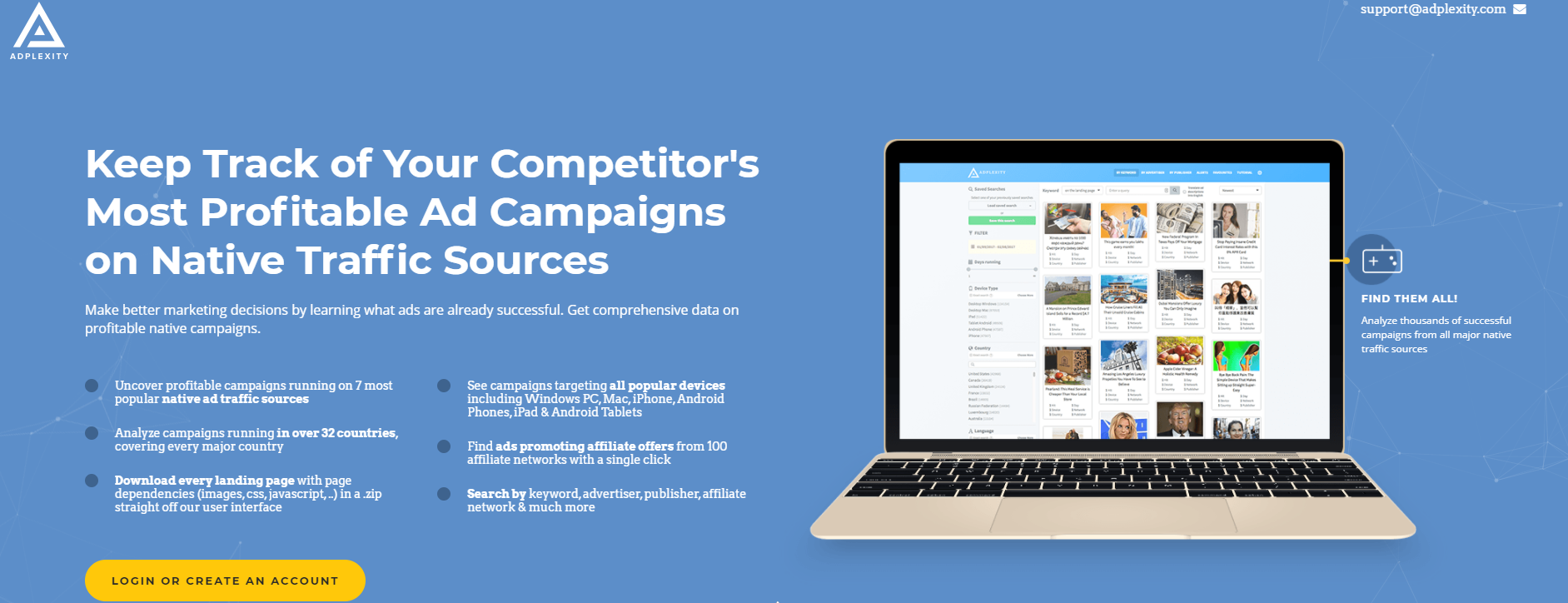
2. WhatRunsWhere – from $299 per month
WhatRunsWhere covers fewer countries than Adplexity but provides a ton of detail. It monitors 90,000 advertisers across 20,000 sites, with findings updated daily. Users can filter by factors like ad size, network, and keywords. It even lists who’s trying to rank on Google for certain keywords.
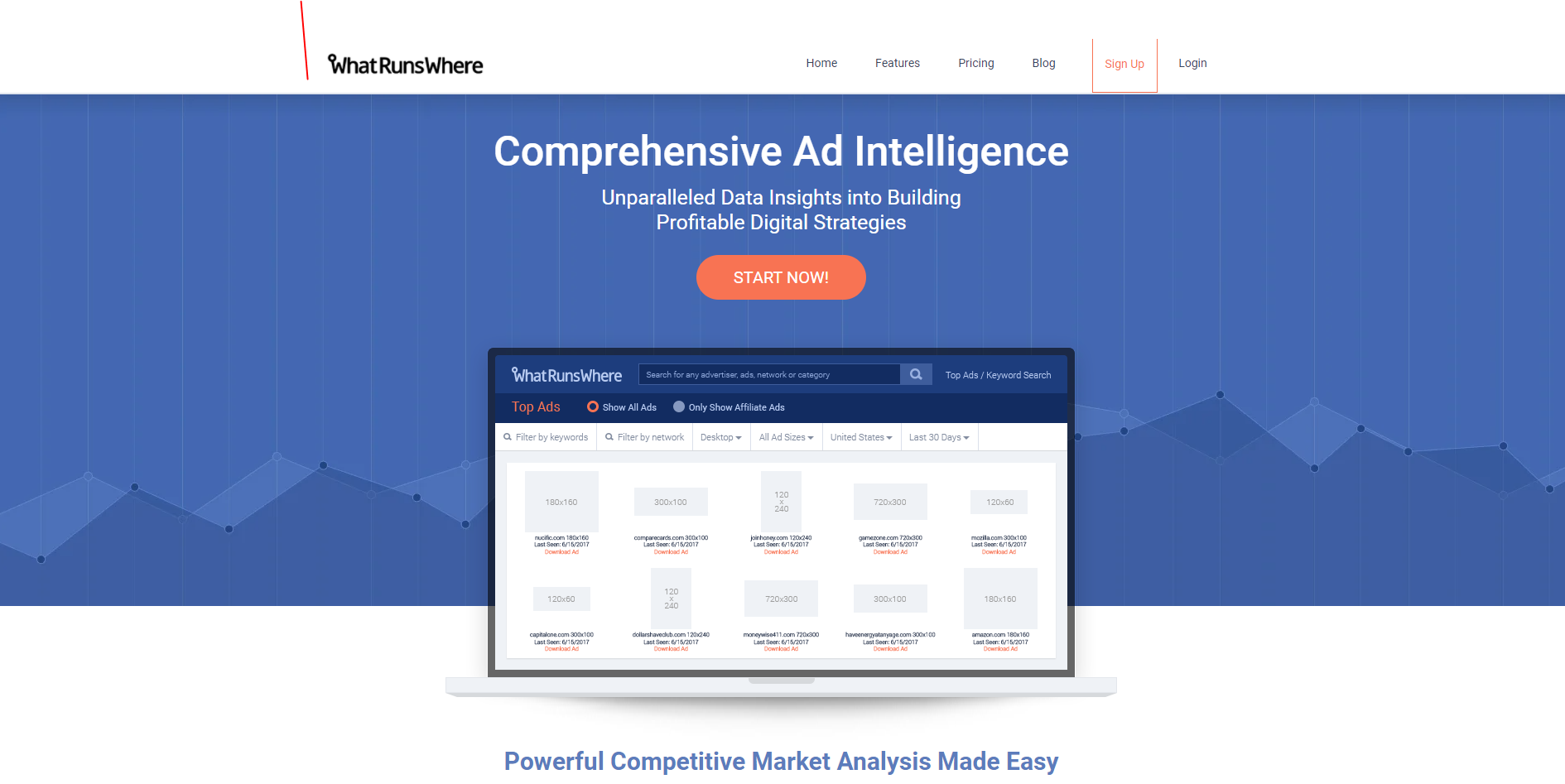
3. Adbeat – from $249 per user per month
WhatRunsWhere rival Adbeat offers more detailed pricing information on native competitor campaigns, with pay-per-click sorting among a wealth of available data. It can extract info from widgets and HTML5 ads as well as static ads, and its interface is easy to get to get a handle on.
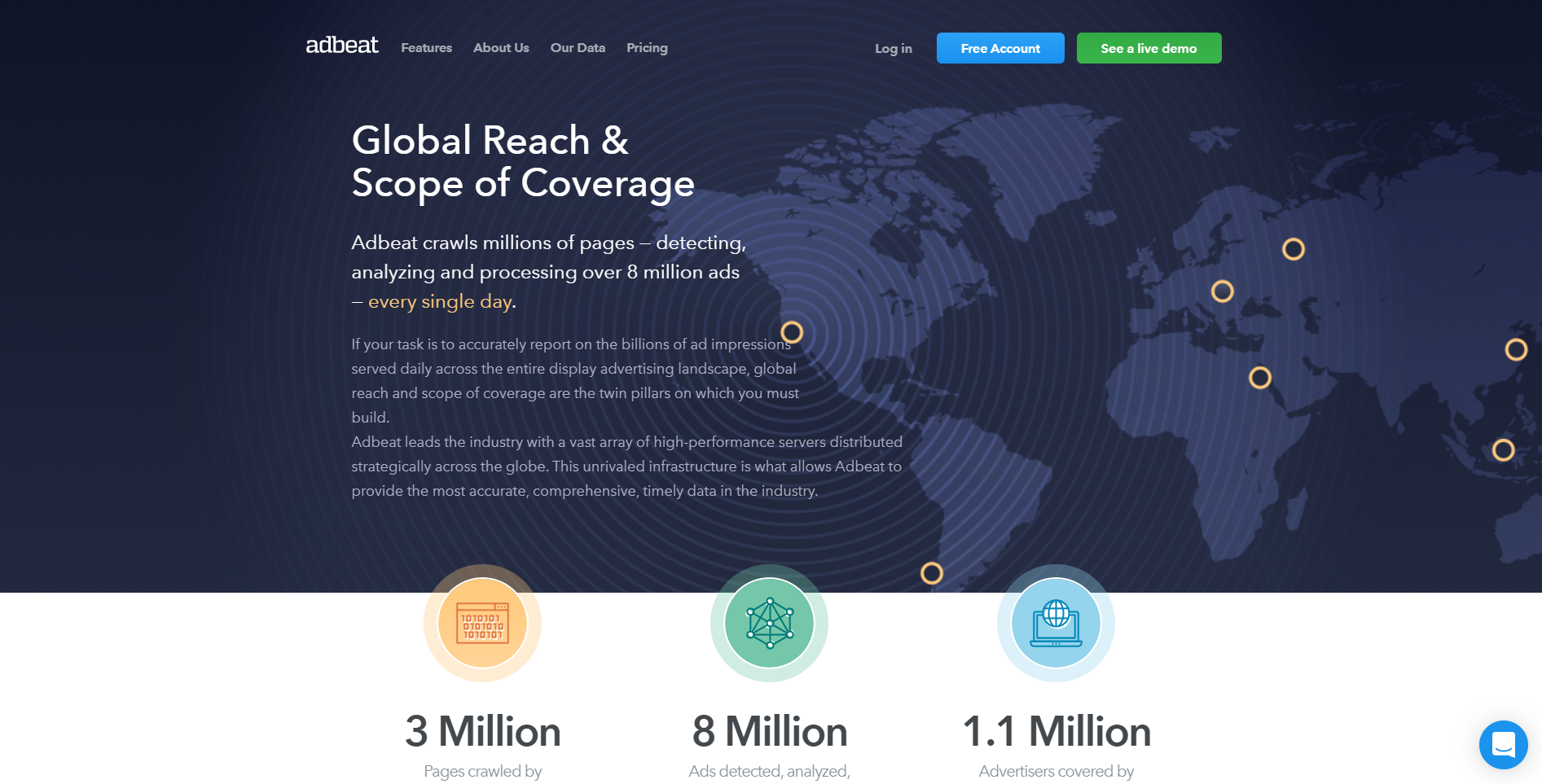
4. Anstrex – from $59.99 per month for native only
Anstrex provides more data than you’re likely to need, from ad strength to Alexa rank. It covers 27 native ad networks including Taboola, Outbrain, and Yahoo! Gemini. You can sort campaigns by device, tracking tools, and ad popularity with advanced Boolean searches.
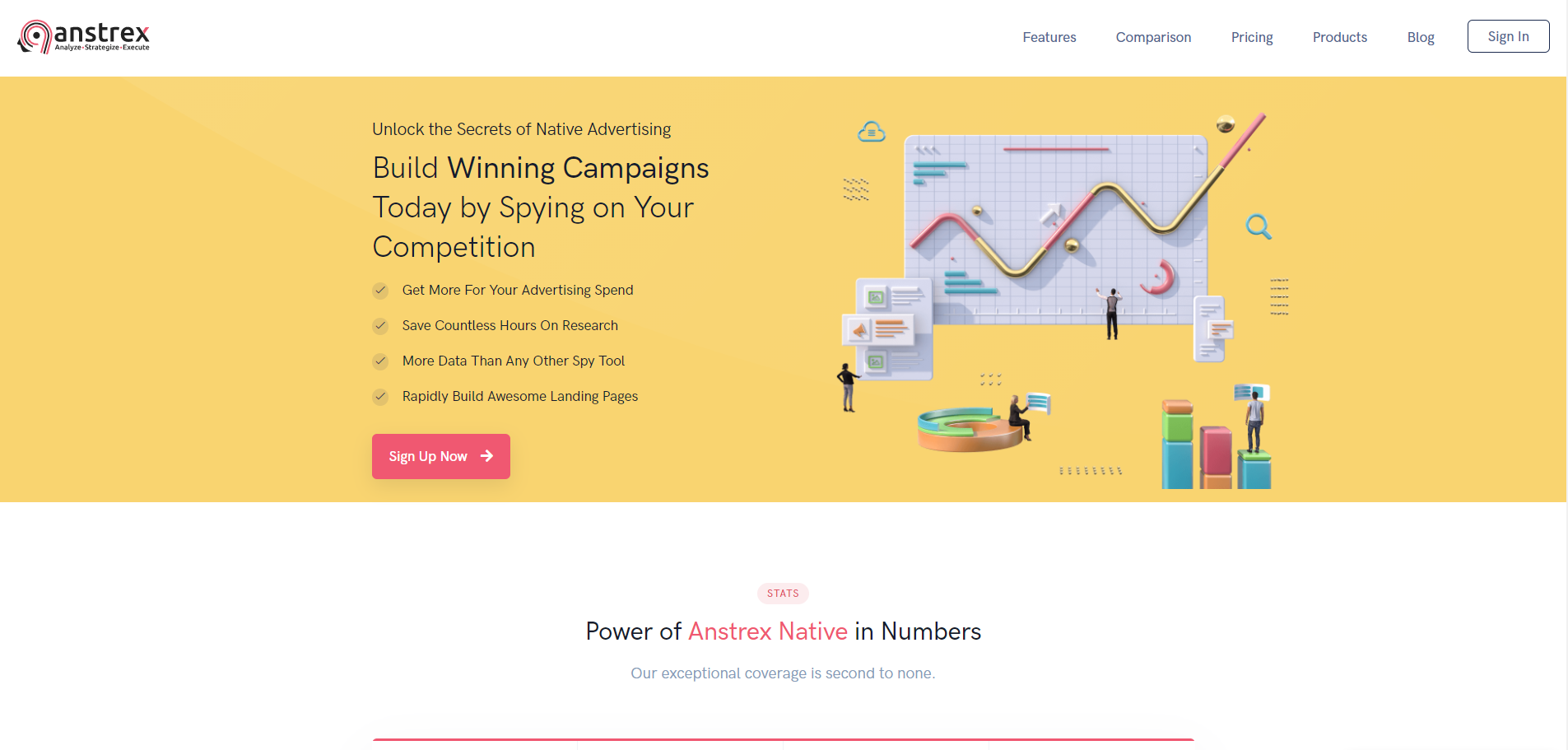
5. SpyOver – from $149 per month
SpyOver has a broader focus than many of the platforms reviewed here. It covers 115 countries, 13 networks, and 70 affiliate networks. It also provides extensive customization, allowing you to filter by browser and ad language, as well as downloading landings and ads with one click.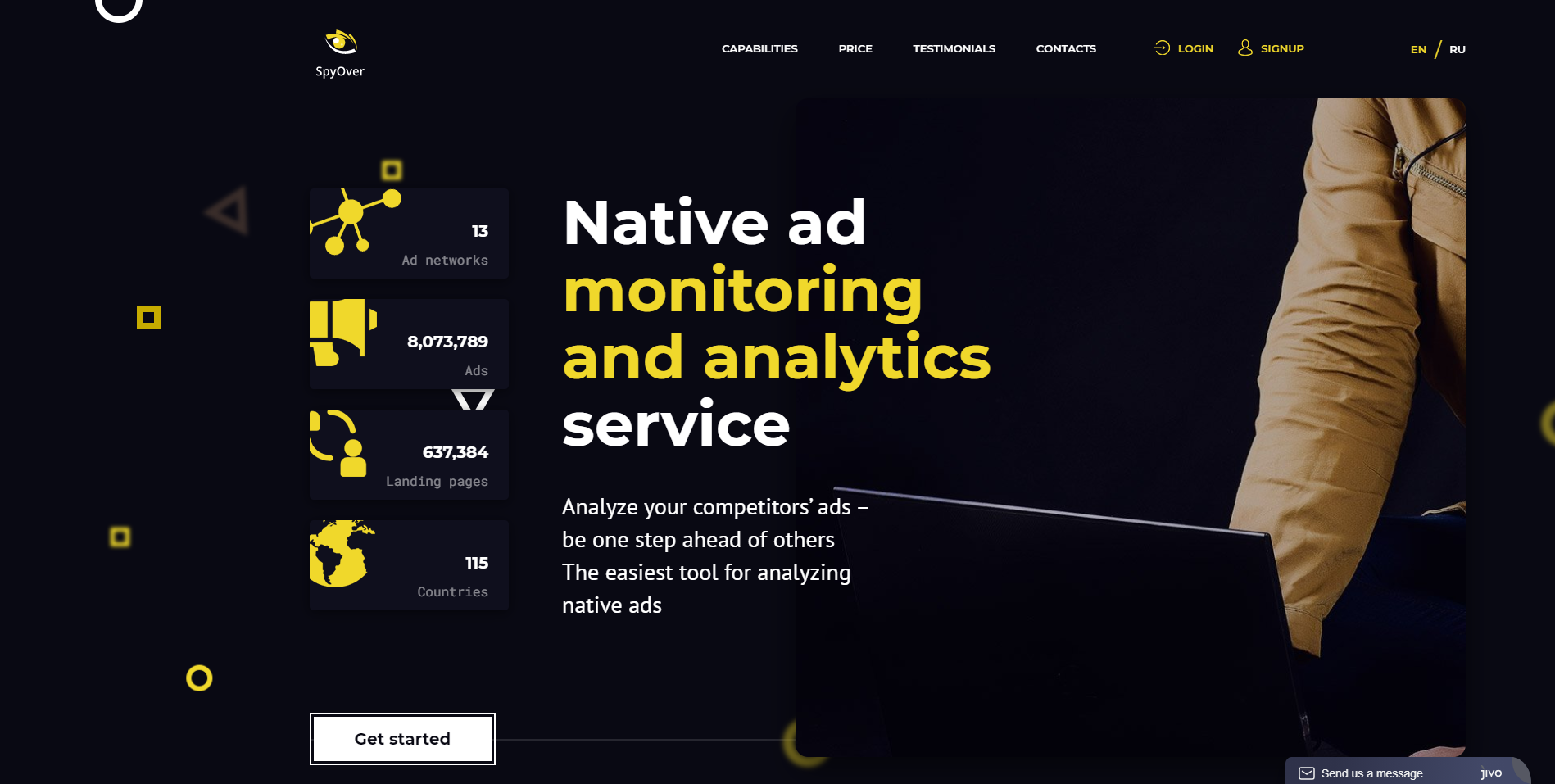
Gain the competitive edge
Discreetly surveilling the native ad campaigns of your competitors can sharpen up your own marketing by exposing trends, revealing effective techniques, or providing inspiration for future campaigns. With fees starting at just $60 per month, the benefits far outweigh the cost of signing up to a native ad spy tool.
Even after choosing a platform to spy on competitors’ ads, you still need to manage your own native campaigns simply and effectively. Find out how Brax can help you achieve optimal results across native ad networks.

